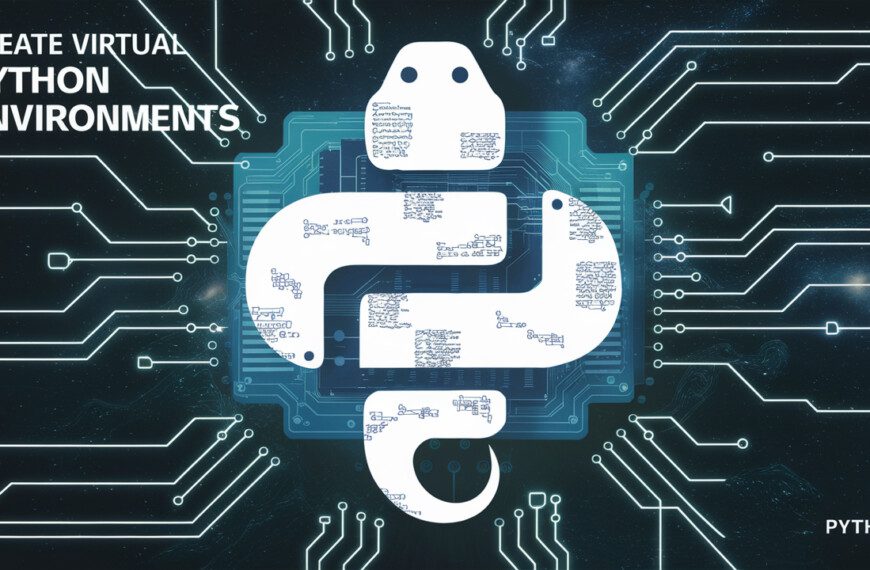BFT-SMART is a Java-based library that implements the Byzantine fault-tolerant (BFT) state machine replication (SMR) protocol. It provides a reliable and efficient way to replicate the state of a distributed system across multiple replicas, ensuring fault tolerance and consistency.
The BFT-SMART protocol consists of several key components and steps:
- Total Order Multicast: BFT-SMART uses a modular protocol called Mod-SMaRt to achieve total order multicast. In this step, client requests are sent to all replicas and ordered through a sequence of consensus instances. Each instance decides a batch of client requests, ensuring that replicas agree on the order of execution.
- State Transfer: To implement practical state machine replication, BFT-SMART supports state transfer, which allows replicas to be repaired and reintegrated into the system without restarting the entire replicated service. This is crucial in scenarios where replicas fail or need to be replaced. State transfer includes techniques such as logging batches of operations, taking snapshots, and collaborative transfer of state between replicas.
- Reconfiguration: BFT-SMART also supports dynamic reconfiguration, enabling replicas to be added or removed from the system on-the-fly. This can be initiated by system administrators through a View Manager client. Reconfiguration involves issuing special operations that are submitted to the Mod-SMaRt algorithm. These operations inform the system about the desired changes, such as adding or removing replicas. After proper verification, the system’s view is updated, and replicas may initiate state transfer if necessary.
Let’s consider an example to explain the consensus execution process in the BFT-SMART protocol. Suppose we have a distributed system with five replicas, named R1, R2, R3, R4, and R5. We also have a client that wants to add a new item to a shared database.
The consensus execution process can be explained in the following steps:
| Phases | Explanation | Example |
| Proposal Phase | The leader replica, elected through the consensus protocol, initiates the consensus by proposing a batch of client requests to be decided. The leader sends PROPOSE messages containing the batch to all other replicas. | Replica R1 is elected as the leader for this consensus instance. The client sends a request to R1, asking to add a new item to the database. R1 proposes a batch of this request to all other replicas (R2, R3, R4, R5) by sending PROPOSE messages. |
| Write Phase | Upon receiving the PROPOSE message, each replica enters the write phase. In this phase, each replica exchanges WRITE messages with all other replicas. The WRITE messages contain the cryptographic hash of the proposed batch, rather than the full batch itself. This reduces the message size and improves efficiency. | Upon receiving the PROPOSE messages, R2, R3, R4, and R5 enter the write phase. Each replica computes the cryptographic hash of the proposed batch and sends WRITE messages containing the hash to all other replicas. This ensures that all replicas have the necessary information to reach an agreement. |
| Accept Phase | After completing the write phase, the replicas move to the accept phase. In this phase, they exchange ACCEPT messages with each other. The ACCEPT messages also contain the cryptographic hash of the batch. The purpose of these messages is to reach an agreement on the acceptance of the proposed batch. | After the write phase, the replicas enter the accept phase. In this phase, replicas exchange ACCEPT messages with each other, indicating their acceptance of the proposed batch’s hash. They continue to receive ACCEPT messages until they receive messages from at least 2f + 1 replicas. For example, if f = 1, each replica needs to receive ACCEPT messages from at least three replicas. |
| Deciding the Batch | Once a replica receives accept messages from at least 2f + 1 replicas (where f represents the maximum number of Byzantine faults tolerable), it considers the batch as decided. The replica then adds the decided batch to a decided queue. | Once a replica (let’s say R2) receives ACCEPT messages from at least 2f + 1 replicas, it considers the batch as decided. In this example, let’s assume R2 received ACCEPT messages from R1, R2 itself, and R3. R2 adds the decided batch to its decided queue. |
| Delivery Phase | The delivery thread in each replica is responsible for fetching the decided batch from the decided queue. It then deserializes the requests in the batch and executes them one by one. Upon execution, the replica generates the respective replies and forwards them to the reply queue. | The delivery thread in R2 fetches the decided batch from the decided queue. It deserializes the requests in the batch and executes them one by one. Here, it would execute the request to add a new item to the shared database. |
| Reply Delivery | The reply thread in each replica fetches replies from the reply queue and sends them back to the respective clients. This ensures that the clients receive the outcome of their requests. | After executing the request, R2 generates the reply with the outcome of the operation. The reply is added to the reply queue. The reply thread in R2 fetches the reply from the queue and sends it back to the client, ensuring the client receives the result of its request. |
Throughout the consensus execution, each replica maintains a set of checkpoints and logs to ensure fault tolerance. Checkpoints capture the state of the replicated service at specific points, while logs help in recovering from failures by replaying executed commands.
The BFT-SMART protocol ensures that replicas agree on the order of client requests, even in the presence of faulty replicas or malicious behavior. This gives the system the ability to tolerate Byzantine faults and achieve fault-tolerant state machine replication.
By achieving consensus, BFT-SMART ensures that the replicated state across all replicas is consistent, reliable, and fault-tolerant. This is crucial for distributed systems where reliability and fault tolerance are paramount.










